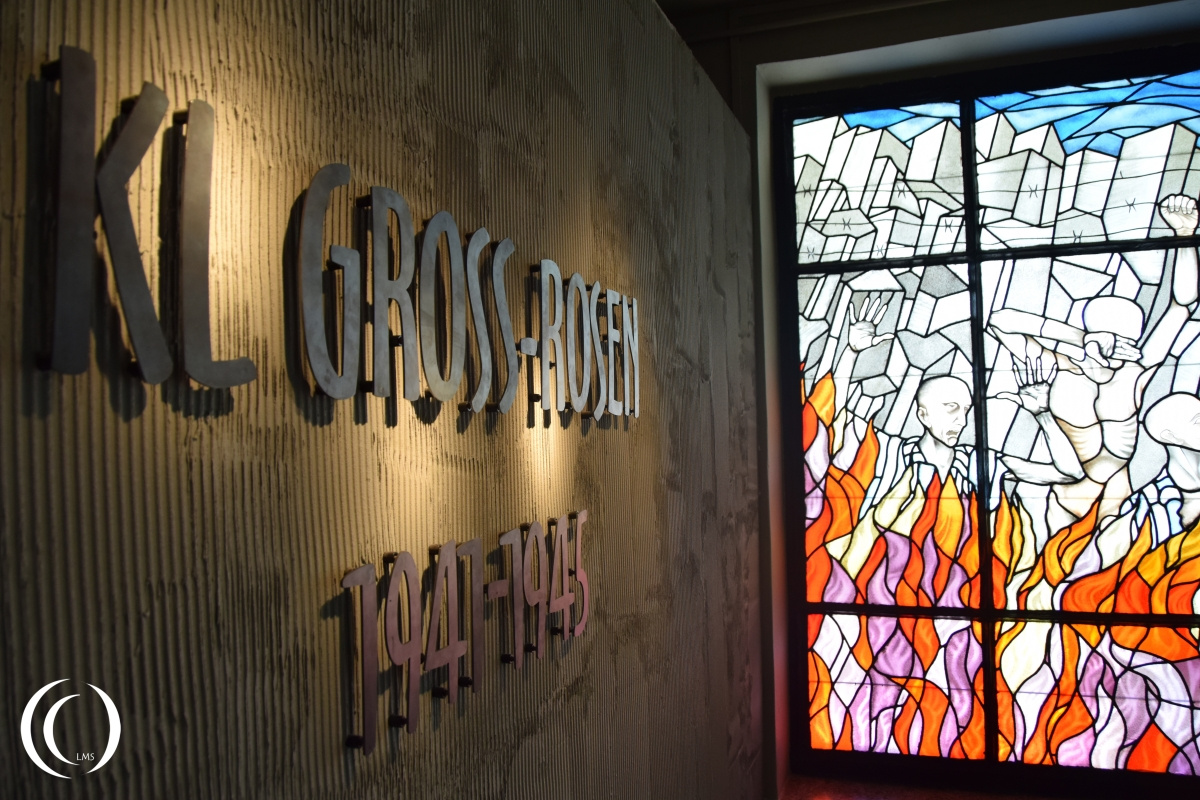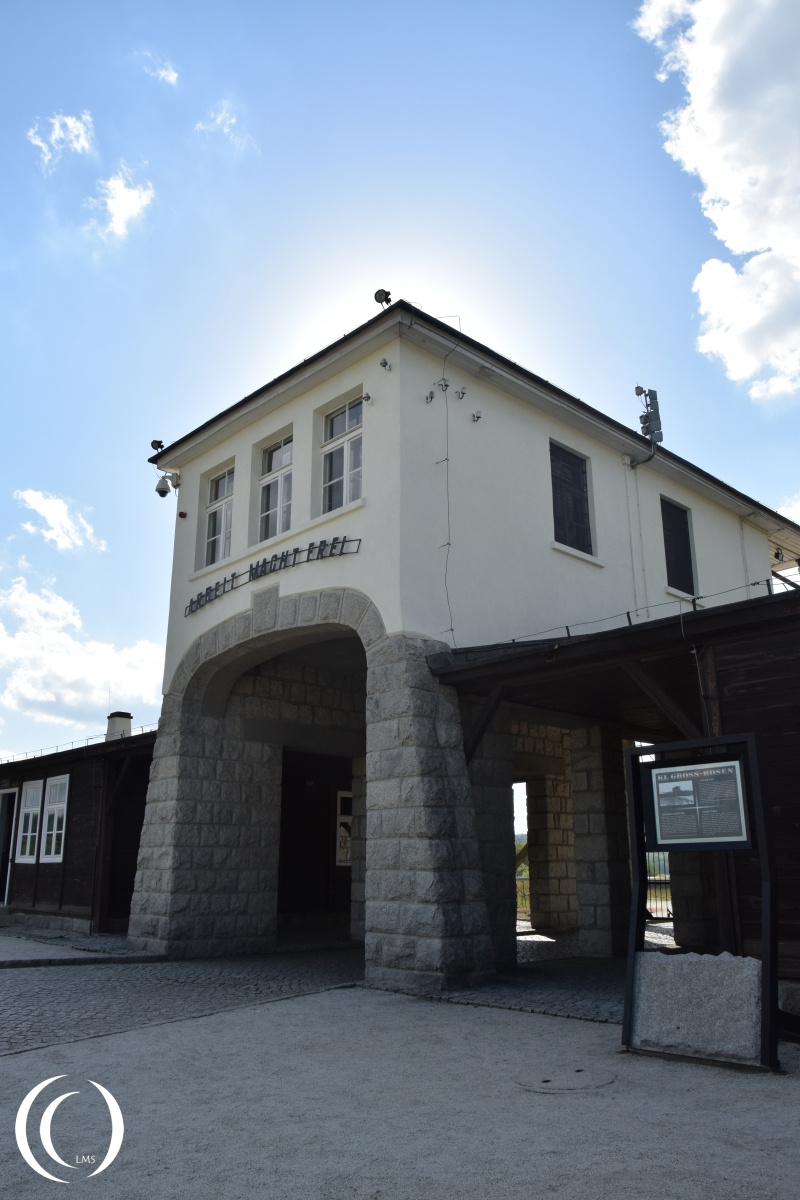
History
Gross-Rosen was a concentration camp in Lower Silesia, 65 kilometers from Breslau / Wroclaw Poland. Camp Gross-Rosen grounds used to be part of the German empire before and during the war, but nowadays she lies in Poland due to the fact that the border between Germany and Poland moved west after the war.
Gross-Rosen started out as a subcamp in August 1940 of the concentration camp Sachsenhausen north of Berlin. A year later the Germans turned it into a concentration camp which held mostly Jewish captives. On May the 1st in 1941 the “Arbeitslager ‘ (Eng: work camp), gained the status of self reliant concentration camp. The location was chosen by Albert Speer due to the granite quarry nearby, which was needed to build the new German capital Germania. The land was originally part of the property of Manfred von Richthofen, better known as the Red Baron, the fighter pilot from the First World war. The first prisoners arrived on the 2nd of August in 1940. The laborers had to work 12 hours a day in the stone quarry, doing extremely exhausting and dangerous work without proper equipment, poor clothing and undergoing constant harassment by the German overseers..

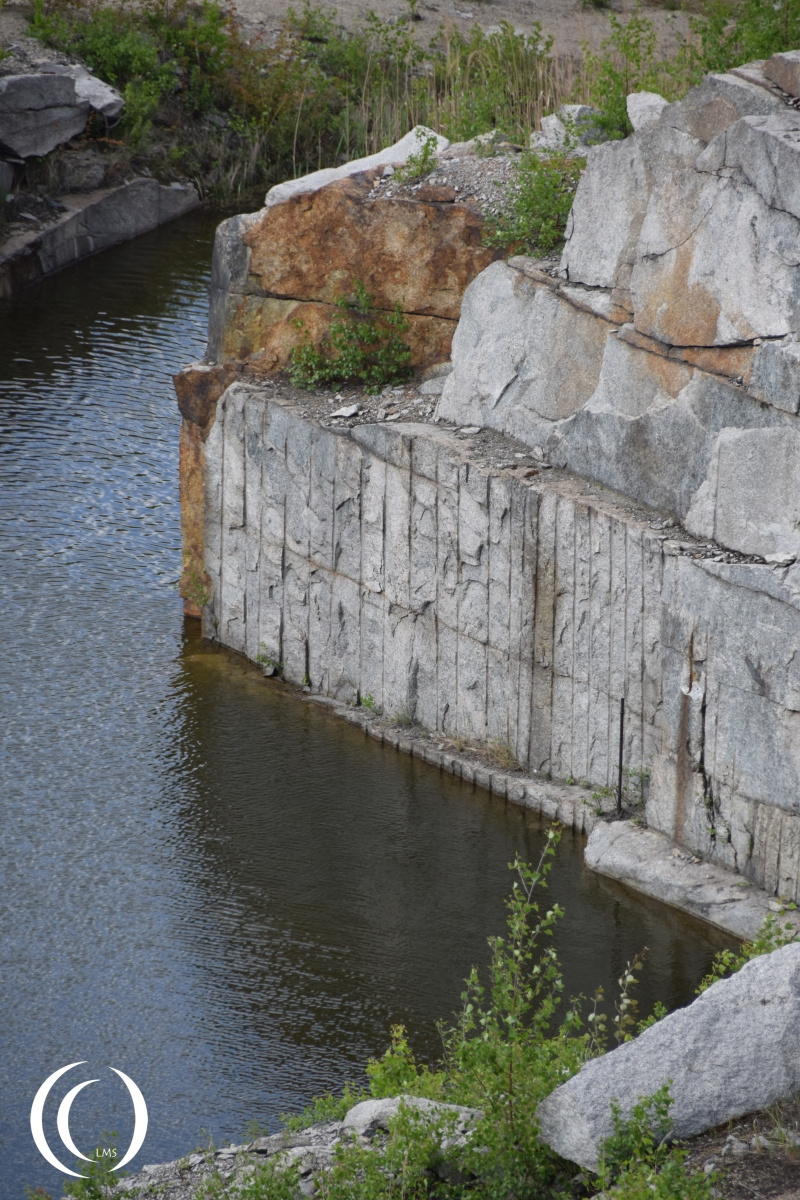
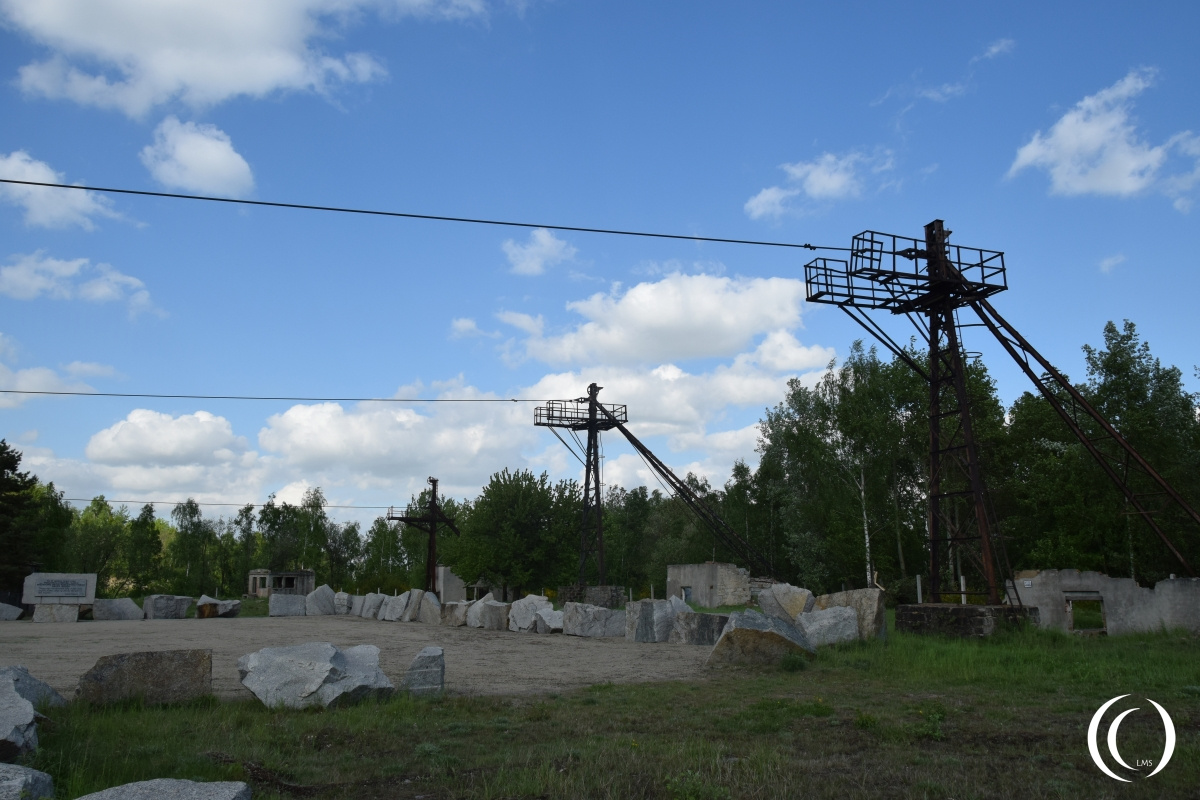
Layout of the Camp
Concentration camp Gross-Rosen was situated next to a stone quarry. The camp was 70,000 square meters big and had 10 watchtowers with searchlights and machine guns situated 100 meters apart from each other. Barbed wire fences, electrical wired, sealed off the compound.
The camp is split in 3 parts, the first part holds the administration blocks. The second is the actual camp itself with barracks and toilets, the crematorium, kitchen, cantina, prison and medical facility. The third part was the “new camp”, of which construction started in March 1944 and consisted of 18 barracks, 3 medical barracks named “Revier”, a kitchen, and labor barracks from “Siemens und Halske” and one barrack with showers.
The cellars housed workshops for weapons development.



Due to the lack of hygiene and poor sanitary conditions a catastrophic typhus epidemic broke out on June the 30th 1941. Transport of the deceased toward the city of Legnica was stopped to prevent spreading the typhus. Camp Gross-Rosen lacked a crematorium at this point therefore a mobile crematorium was called for which was operated by two inmates. After this event the construction of a crematorium on the camp ground was ordered and it was finished late 1942.




Labour at camp Gross-Rosen
Upon arrival at the main camp the prisoners were told this was a “Ninety day” camp, the maximum number of days left of your life after entering the concentration camp. Most didn’t even get to complete the 3 months but died in the first several weeks.
In 1942 camp policy changed, the SS wanted to keep the prisoners alive for a longer period so they could work for the German war industry. Besides the harassment in the stone quarry there was a secret project in the camp better known as “Wetterstelle” or “Wetterwarte”. This “Weather site” was controlled by the companies of Siemens and Blaupunkt, which had workshops inside the camp. Siemens und Halke developed electronics while Blaupunkt developed condensers.
In Gross-Rosen inmates had to work on the development of nerve gas and served as live test subjects for the effects of radiation, chemical or biological warfare beside the nerve gas. If the prisoners became too weak to work in the stone quarry they were transferred to the weaving facility. If an inmate was not able to work at all and was not expected to die within a few days they would be transported back to the concentration camp Dachau as “invalids”. By this time these human beings only weighed 40 kilograms.
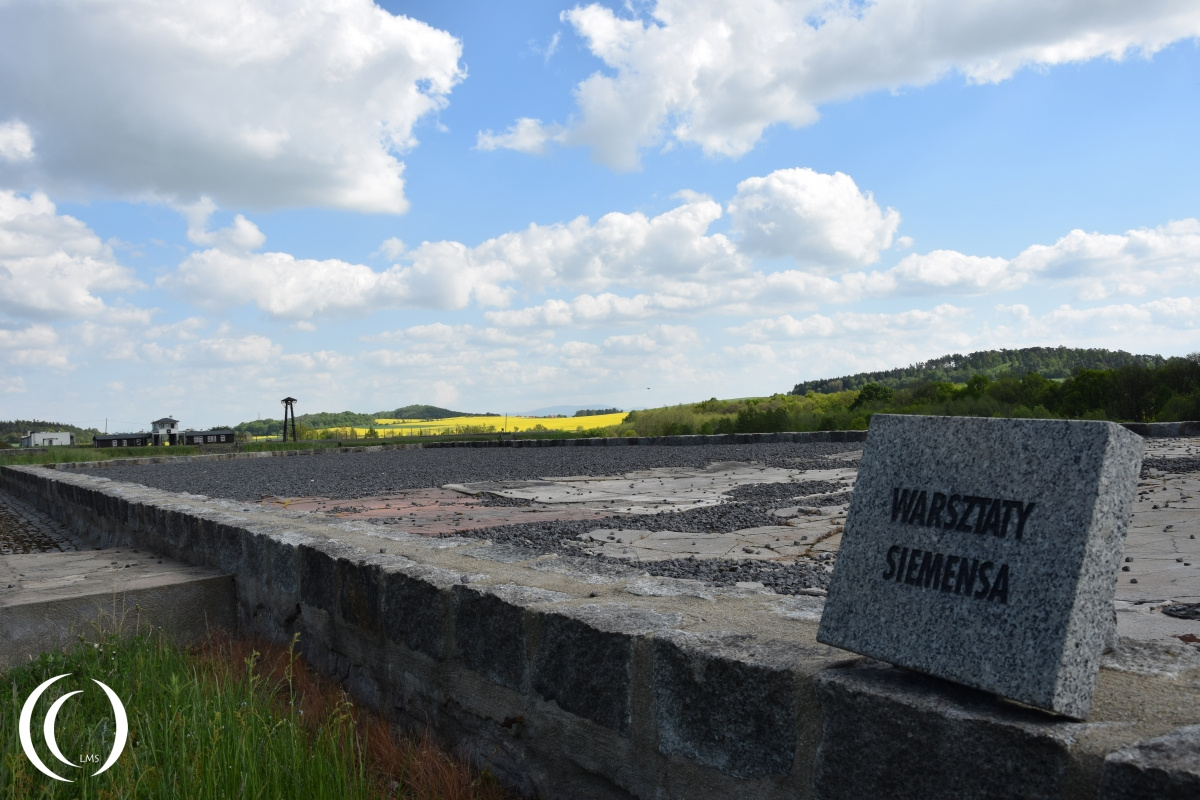

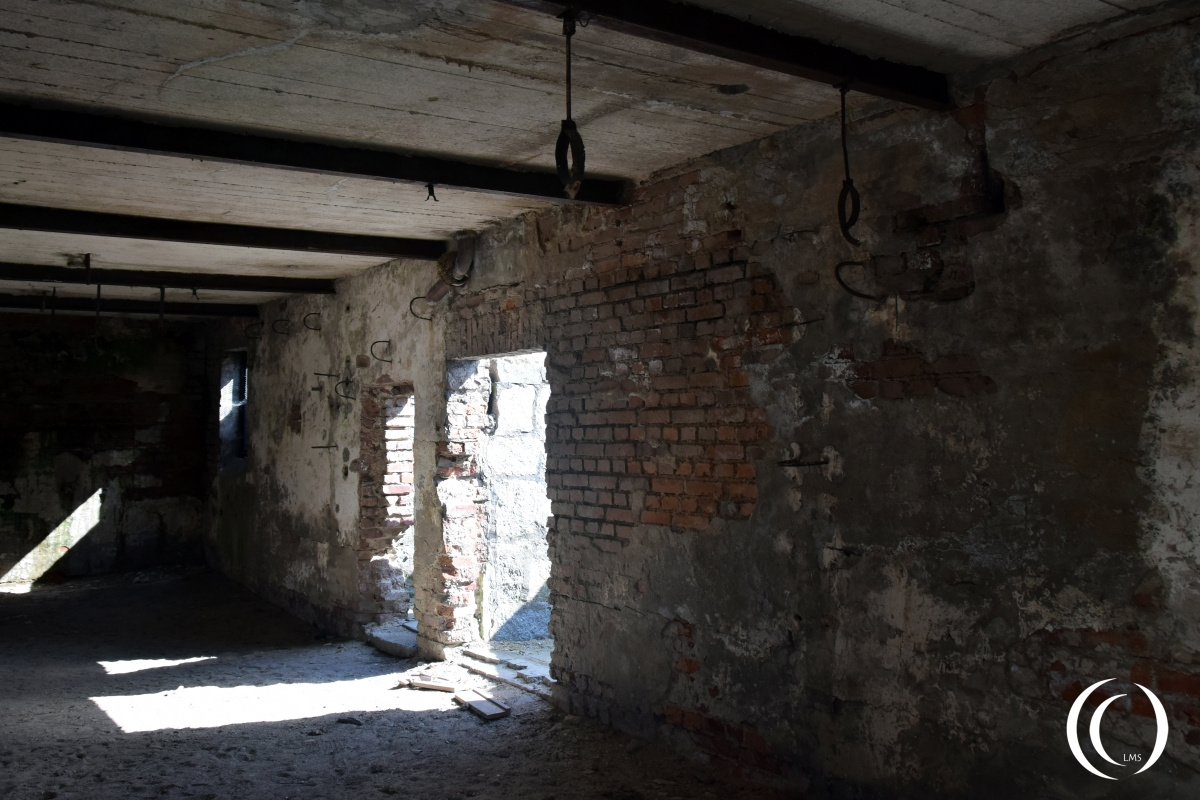
Camp expansion
By 1943 the camp expanded and became one of the larger Concentration Camps of the German Reich with around a 100 satellite camps. One of these camps was Brunnlitz where Oskar Schindler took his Jewish workers after he had to leave his factory in 1944. The number of prisoners in Gross-Rosen grew from around 1500 in 1941 to 97,500 in 1943. In total 120,000 prisoners of different nationalities passed through the camp. More than 40,000 never left the camp. The number of dead would have been much higher if the camp hadn’t sent the sick and “disabled” back to concentration camp Dachau near Munich on a regular basis.
Inmates also had to work in the mountains for the top secret Project Riese near the main camp. Under supervision by Organisation Todt, they had to excavate enormous tunnel systems which could hold subterranean weapon facilities, bomb shelters for complete trains or other uses. Hidden deep from the all seeing eye of the Allied camera planes.
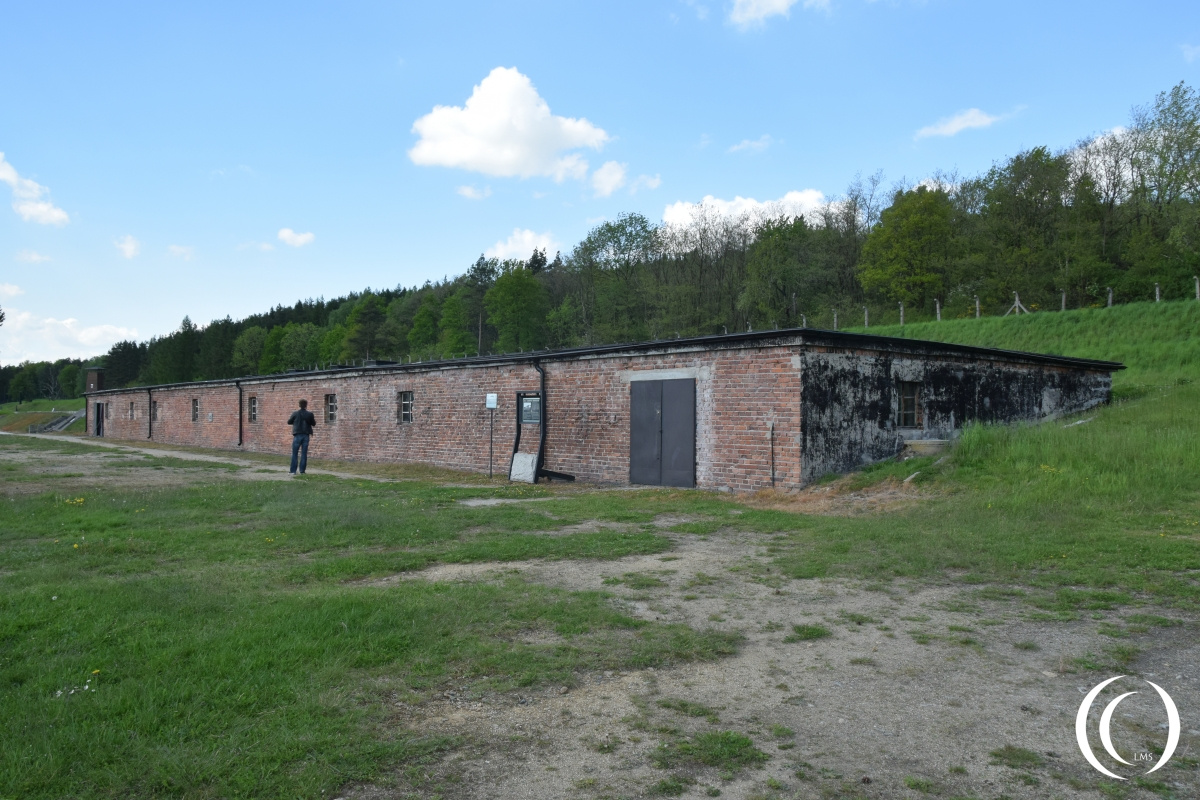

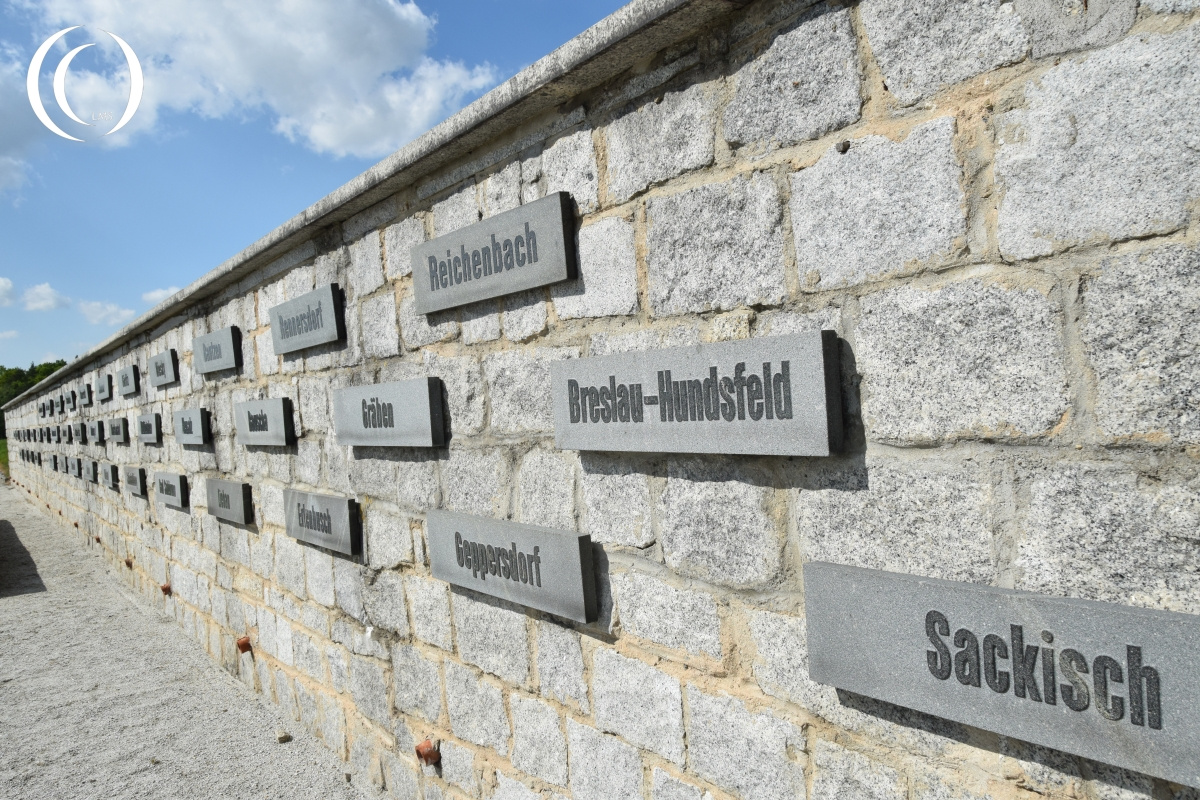


Death marches
Upon the shifting of the Russian front in 1944, the concentration and extermination camps in Poland were disbanded and demolished. In November 1944 Auschwitz – Birkenau was disbanded, at first parts of the crematoria were sent to Gross-Rosen and in January 1945 the evacuation started and after that the “long walk” began during the harsh and extreme cold winter, with temperatures of minus 30 degrees Celsius.
At first the SS camp guards kept food behind in the camp and let inmates starve to death. Some of the prisoners were transported by train, without food and water, while others, who still could walk, had to walk towards Germany. After a walk of 10 days they reached Gross-Rosen, others were sent further into Germany. If you could not walk any longer or could not keep up the pace you were shot or stabbed to death. Not long after the arrival of these inmates another death march started when the Russians closed in again, but this time on the Gross-Rosen concentration camp.


Nacht und nebel
On 7 December 1941, the same day that Japan started Operation AI which involved the attack on Hawaii and the Philippines, Adolf Hitler ordered that political activists, resistance helpers and anyone who could be a possible threat to the German Reich should never walk free again. This “Nacht und Nebel” directive was signed by Feldmarschall Wilhelm Keitel and he expanded the order to everyone that was taken in custody in German occupied territory.
Even though there were more camps that housed Nacht und Nebel prisoners like camp Esterwegen near Nordhümmling in North Germany only two camps were designated to function to the Nacht un Nebel format, these were camp Natzweiler-Struthof in the Elzas in France today and camp Gross-Rosen in Polen. Both camps had a stone quarry.
Victims who had the Nacht und Nebel decree on them wore a striped costume with a big “X” on their back together with two times the “N” underneath and two red bands on their arms.
Nacht un Nebel means Night and Fog in English. For the prisoners this meant that contact with the outside world was not allowed, no letters and parcels could be sent home or were ever received. After transport out of their homeland they just “disappeared”, no one back home ever heard from them again, no sign of life, not even the location where the Germans took them was known, the victims were just gone. The Germans called this “Vernebelt”, (Eng: turned into mist or gone into thin air).
Instead of being shot or gassed they were put on a hunger diet and had to work long hours in stone quarries while their treatment was brutal. They had to work until death came. Their graves remained unmarked and relatives never heard anything about their fate.
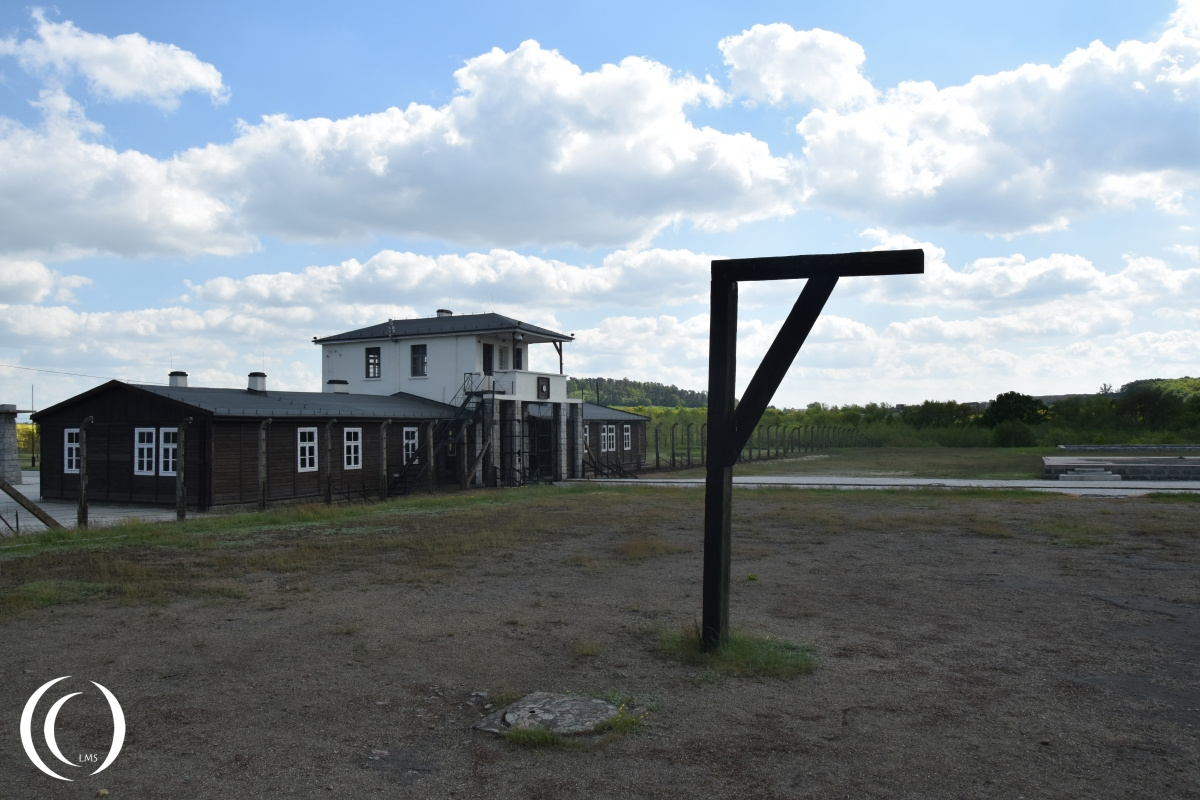
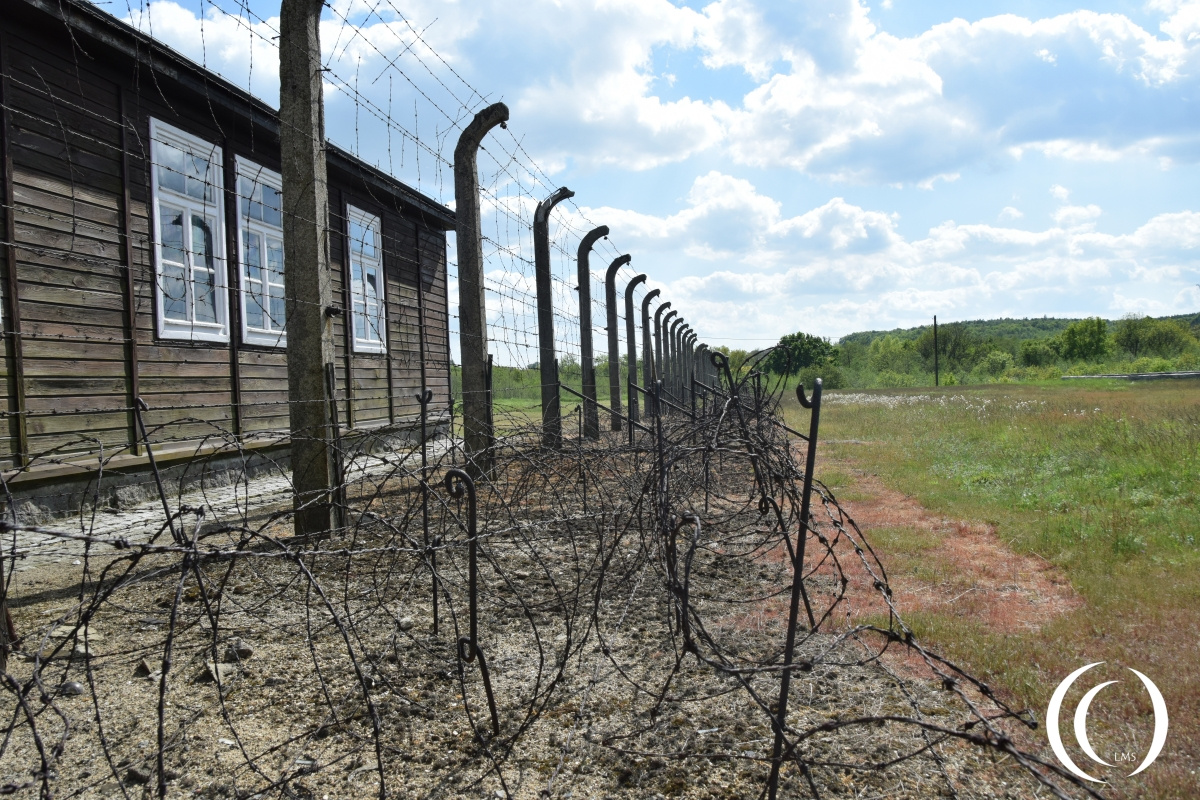
Liberation of Gross-Rosen
The main Gross-Rosen camp was evacuated early Februari 1945. Prisoners of the main camp were transported by rail, without food and water, many died in these coal carts. The SS camp Guards evacuated over 44,000 men towards other concentration camps into Germany. On February the 13th of 1945 Russian forces found the camp, the 70th motorized infantry brigade liberated Gross-Rosen on this day.
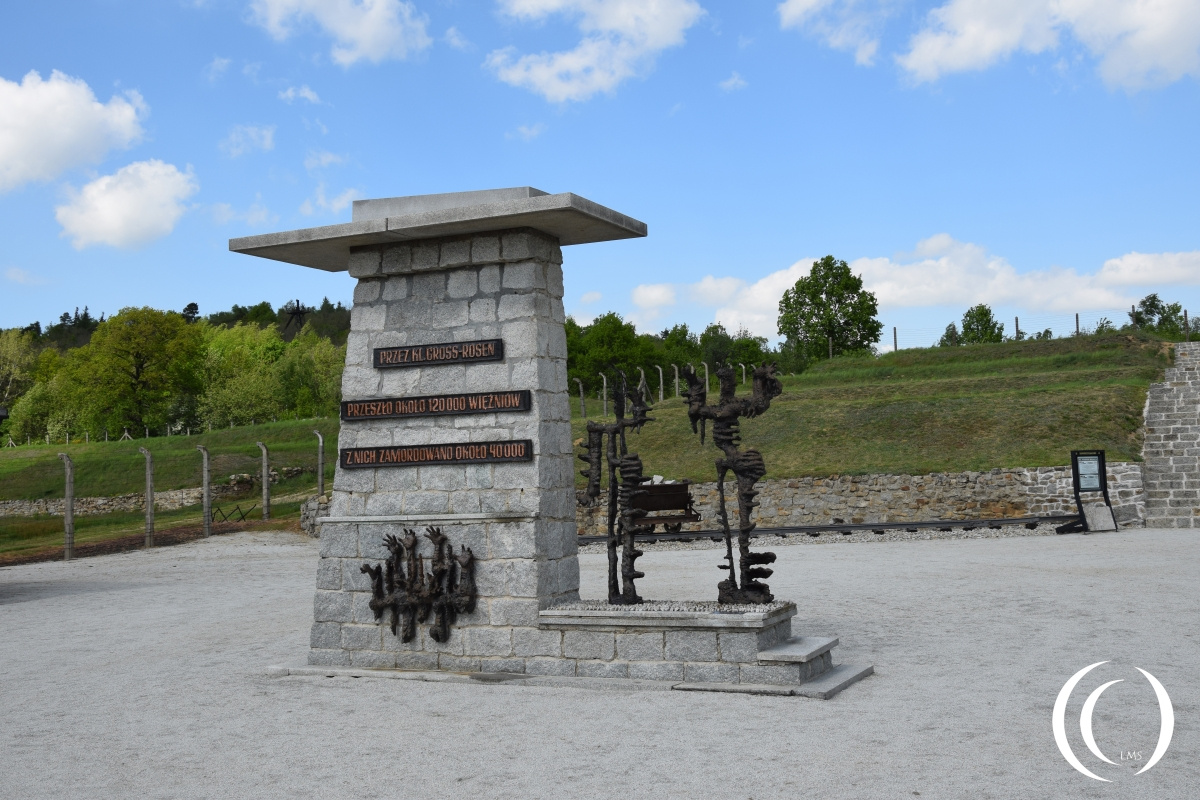
Simon Wiesenthal
One of the well known prisoners of KZ Gross-Rosen, KZ stands for Konzentrationslager -concentration camp, was Simon Wiesenthal, who in later life became the Nazi hunter and successfully tracked down war criminals after the war. He survived 12 concentration camps and one of his big catches was Adolf Eichman in 1961 who was one of the main organisers of the Holocaust. In 1963 he traced Gestapo officer Karl Silberbauer who arrested Anne Frank and later worked in Austria with the police force. Franz Stangl came next, he was the commander of the Treblinka and Sobibór death camps. Hermine Ryan-Braunsteiner was arrested in America, she was convicted for killing over 1000 people in the Ravenbrück and Majdanek concentration camps. She was infamous for her sadistic ways, she witnessed the death of hundreds of children. Dinko Sakic was found in Argentine, a former Nazi safe house due to the Rat-line, an escape route from Italy to Argentina. He was found in 1998 and was commander of the Jasenovas concentration camp in Croatia during the war. Wiesenthal searched for the Angel of Death, Joseph Mengele, who fled to Argentina in 1949. He worked in Auschwitz as Doctor and performed “medical experiments” on the prisoners, but he died in Brazil in 1979 before he was arrested. In 2005 Simon Wiesenthal died at the age of 96.

Visit the Concentration Camp Gross-Rosen
For a small fee you can visit the Documentation Center and walk around the former camp grounds following an unguided path or just make your own tour. The signs are multilingual in Polish, German and English. The stone quarry is easy to find on the right side of the former concentration camp. For the bigger part Gross-Rosen is outdoors obviously so take care to pick a dry day. Check out the website of the museum for opening times.
